Throughout history, many inventions have taken the world by surprise. These creations often came from unexpected sources and changed how we live. Behind each invention is a fascinating story of creativity and innovation. Let’s explore some of these surprising historical inventions and their brilliant inventors.
Velcro by George de Mestral
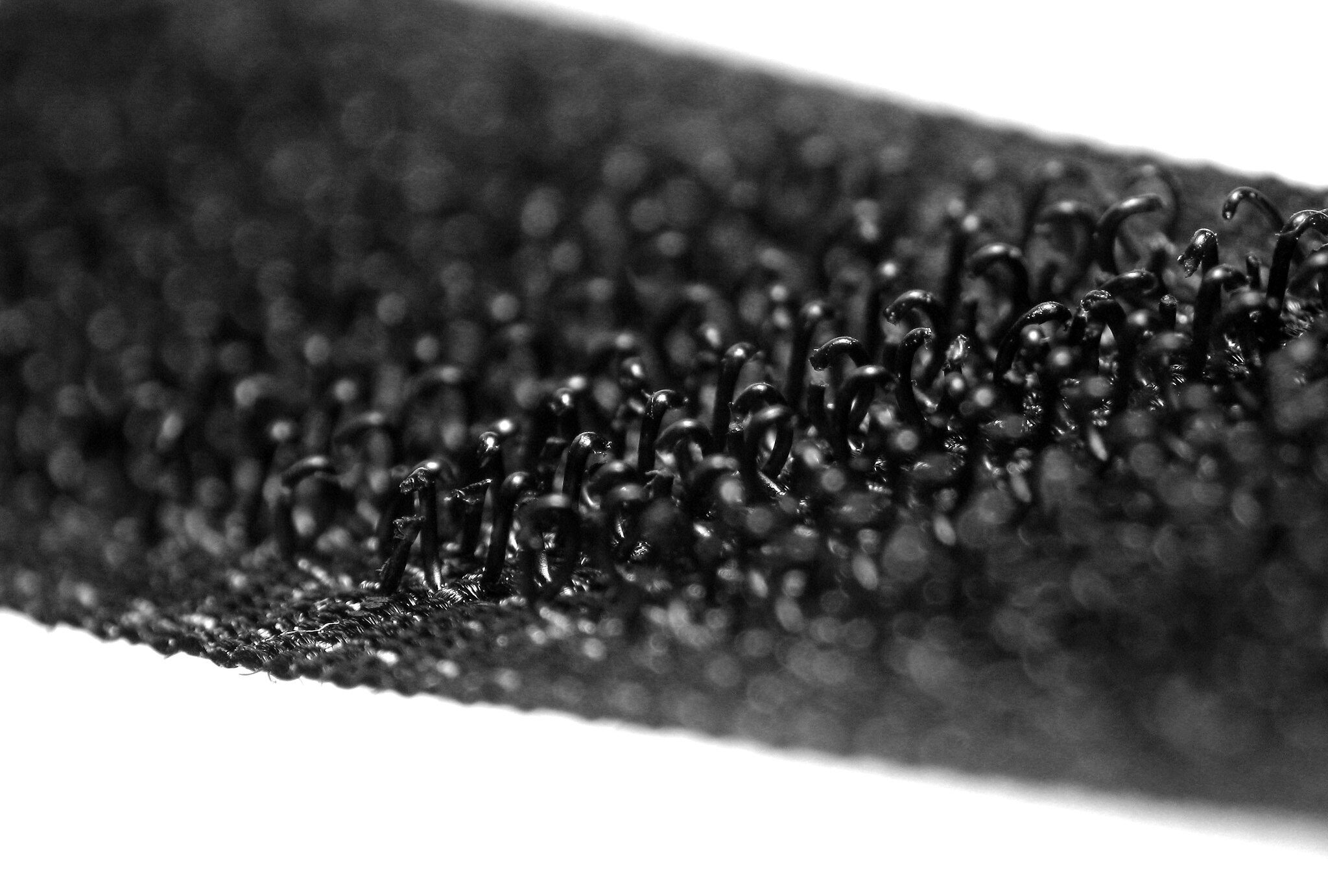
Velcro was invented in 1941 by Swiss engineer George de Mestral. He got the idea after noticing how burrs stuck to his dog’s fur. Velcro is now used in a variety of applications, from clothing to space suits. Its ease of use and reliability make it indispensable in many industries today.
Teflon by Roy Plunkett
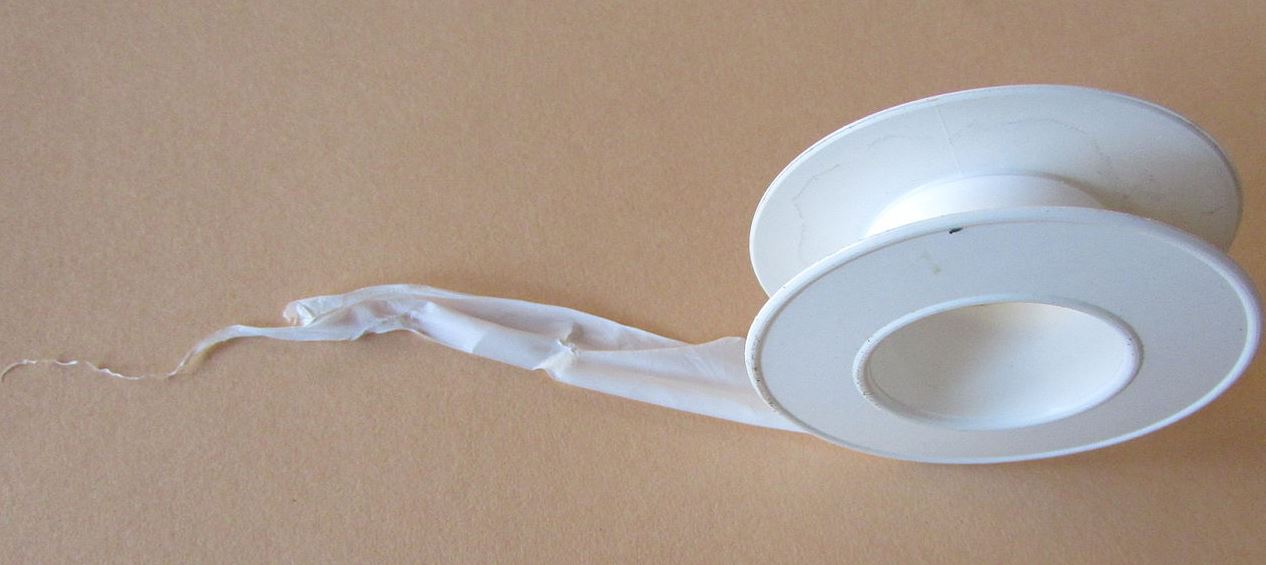
In 1938, Roy Plunkett accidentally discovered Teflon while working for DuPont. This non-stick coating revolutionized cooking by making cookware easy to clean. Beyond the kitchen, Teflon is used in various industries, including electronics and aerospace. Its durability and resistance to heat and chemicals benefit many modern technologies.
Post-it Notes by Spencer Silver and Art Fry

Spencer Silver invented the adhesive for Post-it Notes in 1968, but it wasn’t until 1974 that Art Fry saw its potential for sticky notes. These notes are now a staple in offices and homes worldwide. They provide an easy way to leave reminders and organize tasks. The simplicity and convenience of Post-it Notes help people stay organized and productive.
Microwave Oven by Percy Spencer

Percy Spencer discovered microwave cooking in 1945 when a chocolate bar melted in his pocket near a radar magnetron. This led to the development of the microwave oven. Today, microwaves are essential kitchen appliances, making meal preparation quick and easy. They save time and energy, fitting perfectly into busy modern lifestyles.
Penicillin by Alexander Fleming
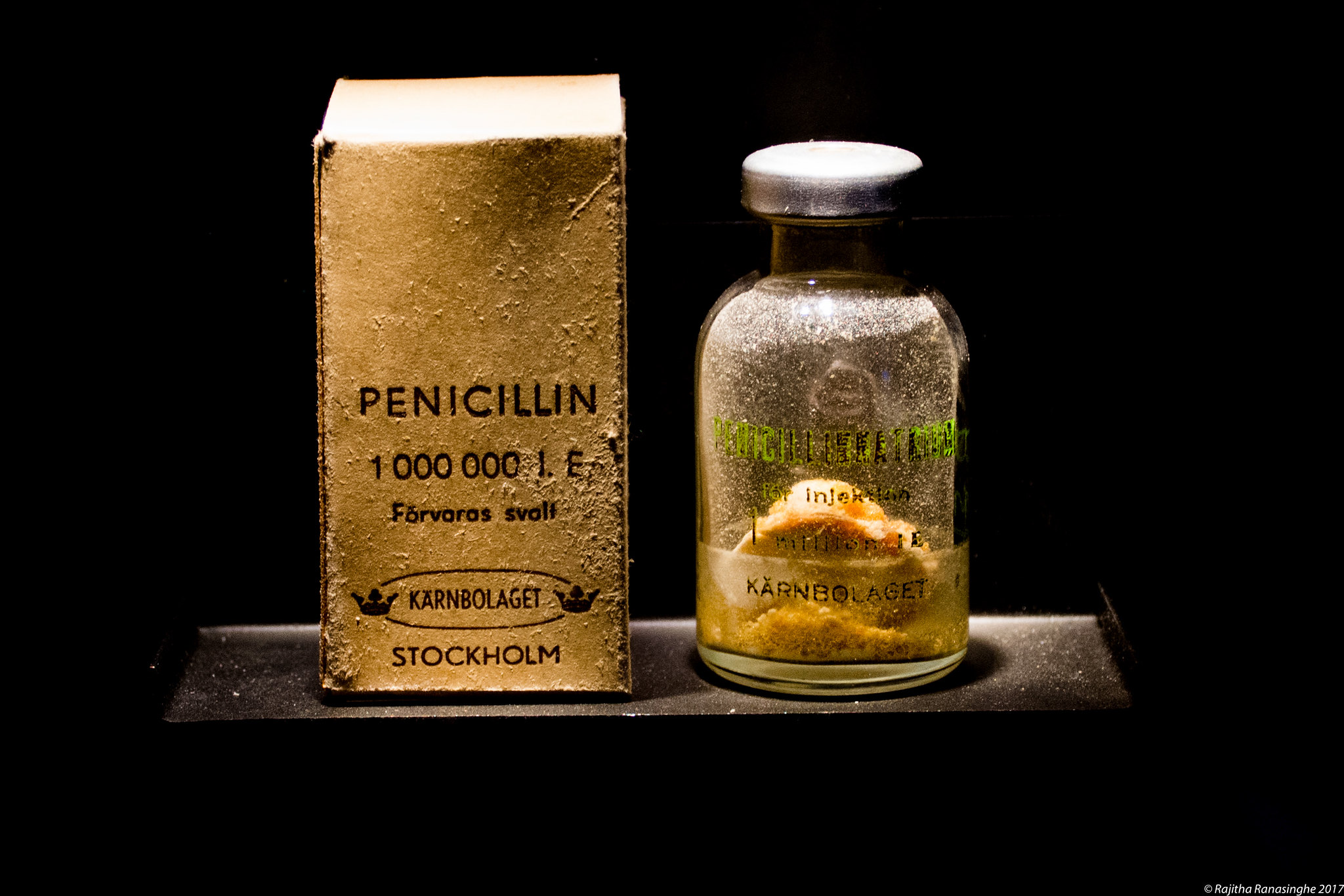
In 1928, Alexander Fleming discovered penicillin by accident when he noticed mold killing bacteria in a petri dish. This discovery revolutionized medicine by providing an effective treatment for bacterial infections. Penicillin has saved countless lives and continues to be a cornerstone of antibiotics. Modern medicine relies heavily on antibiotics to treat various infections and prevent complications.
X-rays by Wilhelm Conrad Roentgen

Wilhelm Conrad Roentgen discovered X-rays in 1895 while experimenting with cathode rays. X-rays allow doctors to see inside the human body without surgery. This invention revolutionized medical diagnostics and treatment. Today, X-rays are a vital tool in healthcare, helping diagnose and monitor numerous conditions.
Safety Pin by Walter Hunt
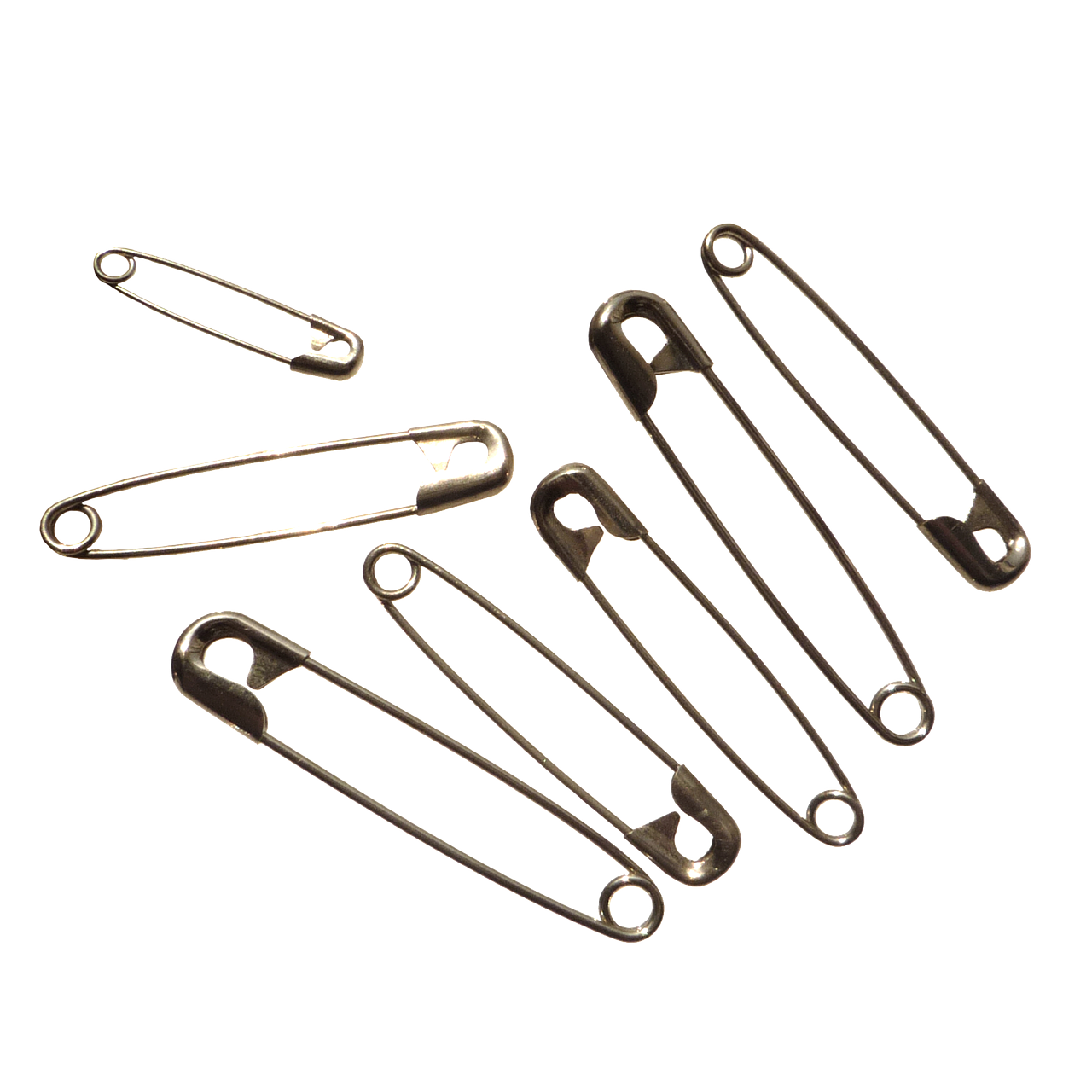
Walter Hunt invented the safety pin in 1849 to pay off a $15 debt. This simple yet ingenious invention quickly became a household essential. Safety pins are used in clothing, first aid, and crafts. Their versatility and convenience make them a valuable tool in everyday life.
Slinky by Richard James
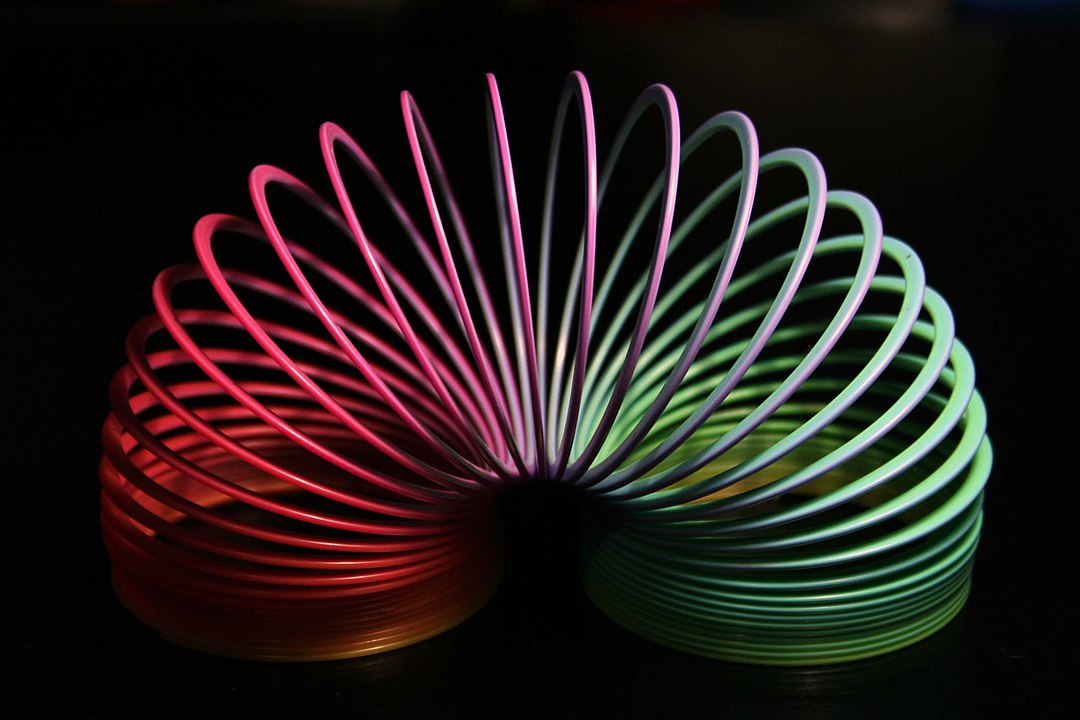
Richard James invented the Slinky in 1943 when he accidentally knocked a spring off a shelf. The toy’s ability to “walk” down stairs made it an instant hit. Beyond entertainment, the Slinky has been used in physics education and even in NASA’s space missions. It remains a beloved toy and a symbol of playful curiosity.
Matches by John Walker

John Walker invented the friction match in 1826. Matches made it easy to create fire safely and quickly. They were a significant improvement over previous methods like flint and steel. Today, matches are still used for lighting candles, stoves, and campfires, providing a simple and reliable source of fire.
Potato Chips by George Crum

In 1853, George Crum accidentally created potato chips when he sliced potatoes too thin and fried them to a crisp. This snack quickly became popular and remains a favorite today. Potato chips are enjoyed worldwide and have inspired countless other snacks. Their widespread availability and variety make them a go-to snack for many.
Chewing Gum by Thomas Adams

Thomas Adams invented modern chewing gum in the 1860s after experimenting with chicle, a natural latex. Chewing gum became popular for its enjoyable texture and flavor. It also offered benefits like freshening breath and relieving stress. Today, chewing gum is enjoyed globally and comes in a wide range of flavors and varieties.
Band-Aid by Earle Dickson

Earle Dickson invented the Band-Aid in 1920 to help his wife cover small cuts easily. This adhesive bandage quickly became a household staple. Band-Aids provide a simple and effective way to protect minor wounds. They are essential in first aid kits and have helped millions care for everyday injuries.
Popsicle by Frank Epperson

In 1905, 11-year-old Frank Epperson accidentally left a mixture of powdered soda and water with a stirring stick outside in the cold. The next day, he discovered the frozen treat, which he later patented as the Popsicle. Popsicles are a beloved summertime snack that provides a refreshing way to cool down. Their simplicity and variety of flavors make them a favorite for all ages.
Super Glue by Harry Coover
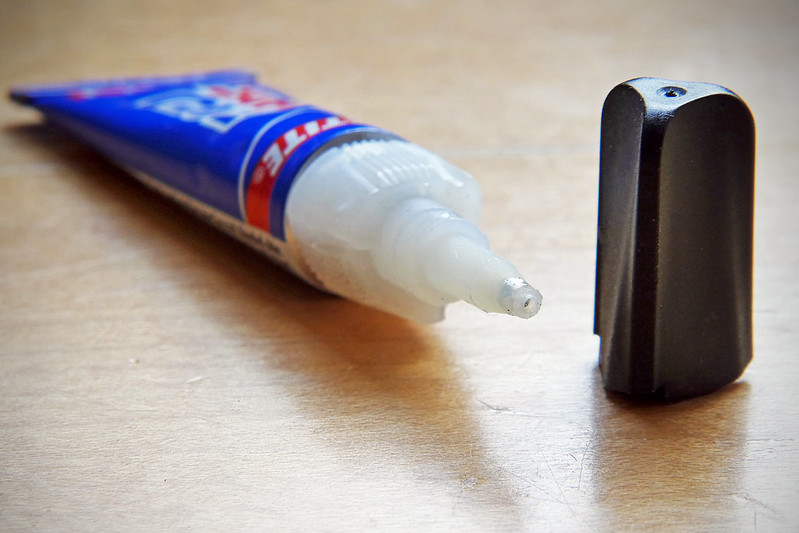
Harry Coover discovered Super Glue in 1942 while developing clear plastic gun sights. This strong adhesive found many uses in various industries and households. Super Glue’s ability to bond quickly and securely makes it invaluable for repairs. It is used in everything from medical procedures to DIY projects.
Inkjet Printer by Ichiro Endo and his team at Canon
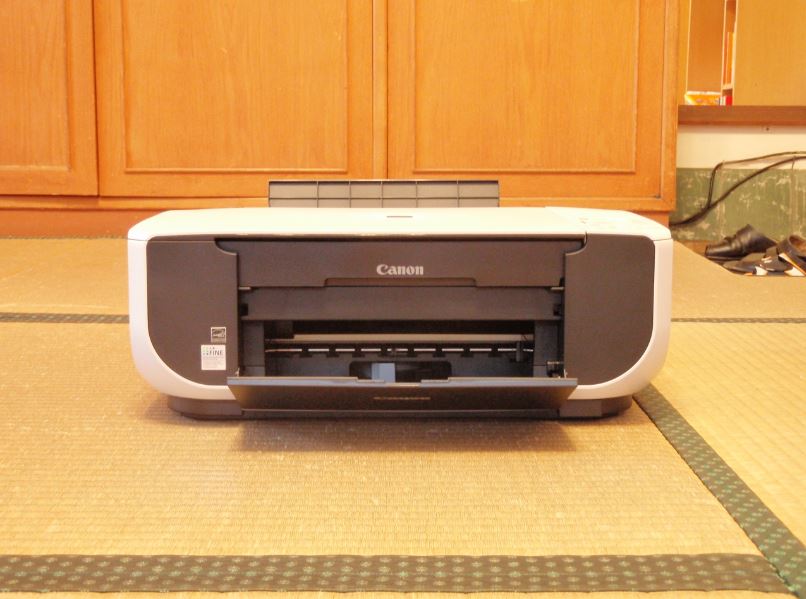
The inkjet printer was developed in the late 1970s by Ichiro Endo and his team at Canon. This invention made it possible to print high-quality images and documents at home. Inkjet printers are widely used in homes, schools, and businesses. They offer a convenient and cost-effective way to produce printed materials.
Escalator by Jesse Reno

Jesse Reno invented the escalator in 1891 as a new mode of transportation. Escalators revolutionized how people moved in buildings, especially in shopping malls and metro stations. They provide a quick and efficient way to navigate between floors. Modern architecture and public transportation heavily rely on escalators to manage foot traffic.
Windshield Wipers by Mary Anderson

Mary Anderson invented windshield wipers in 1903 after noticing drivers struggling with visibility in the rain. Her invention made driving safer in adverse weather conditions. Windshield wipers are now standard in all vehicles, significantly improving road safety. They help drivers maintain clear vision, reducing accidents and enhancing overall driving safety.
Zipper by Gideon Sundback

Gideon Sundback perfected the modern zipper in 1913, making it more reliable and easy to use. Zippers replaced buttons and hooks in clothing and bags. They are now an essential part of everyday items, from jeans to luggage. The convenience and functionality of zippers have made them a staple in fashion and design.
Electric Guitar by George Beauchamp and Adolph Rickenbacker

George Beauchamp and Adolph Rickenbacker developed the electric guitar in the early 1930s. This invention transformed music by allowing guitarists to produce louder and more varied sounds. The electric guitar became central to genres like rock and roll and continues to inspire musicians. It revolutionized music performance and recording, contributing to the evolution of modern music.
Pencil Eraser by Hymen Lipman
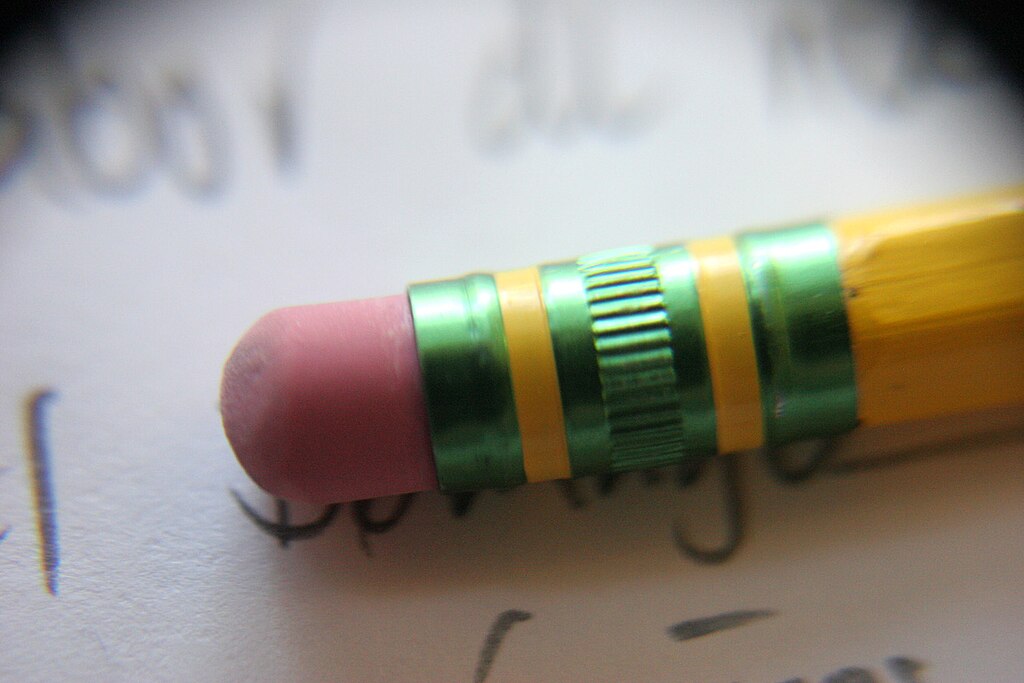
Hymen Lipman patented the pencil eraser in 1858, combining a pencil with a small piece of rubber for erasing mistakes. This simple addition made writing and drawing much more efficient. Pencil erasers are now a standard feature on most pencils. They help students, artists, and professionals correct errors easily.
This article originally appeared on UnifyCosmos.
More from UnifyCosmos
20 DIY Hair Masks for Ultimate Hydration and Nourishment

Say goodbye to expensive salon treatments and hello to healthy, glossy hair from the comfort of your home. Dive into our list of the best DIY hair masks to revitalize your tresses and achieve salon-quality results. Read more!
22 Essential Tools Every Homeowner Needs for Repairs

In this article, we’ll explore the essential tools every homeowner should have on hand for tackling common household repairs effectively. Read more!
23 Debunking Myths About Artificial Intelligence

This article aims to debunk common myths about AI, clarifying what it can and cannot do. Let’s separate fact from fiction and understand the true potential of AI. Read more!
Leave a Reply